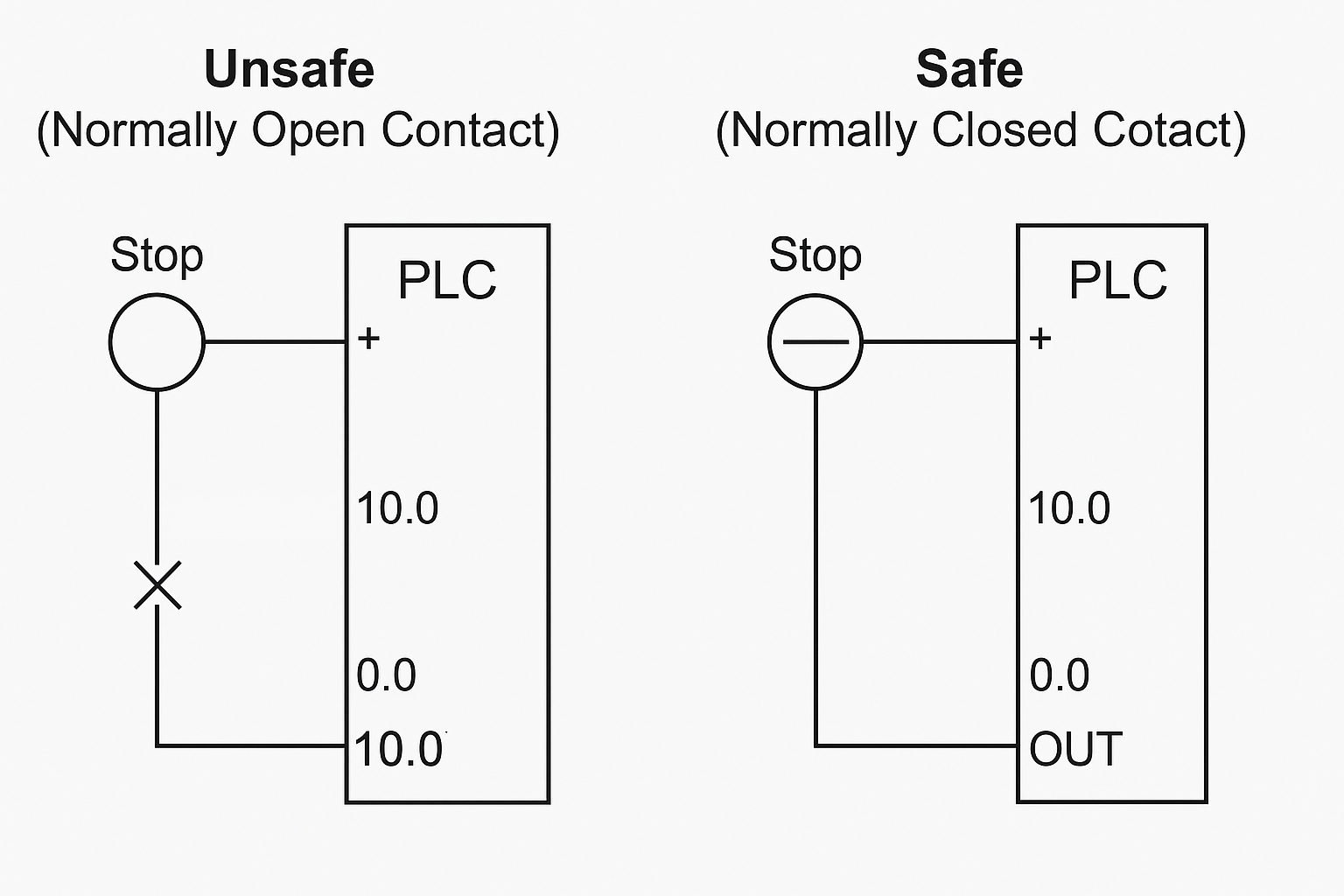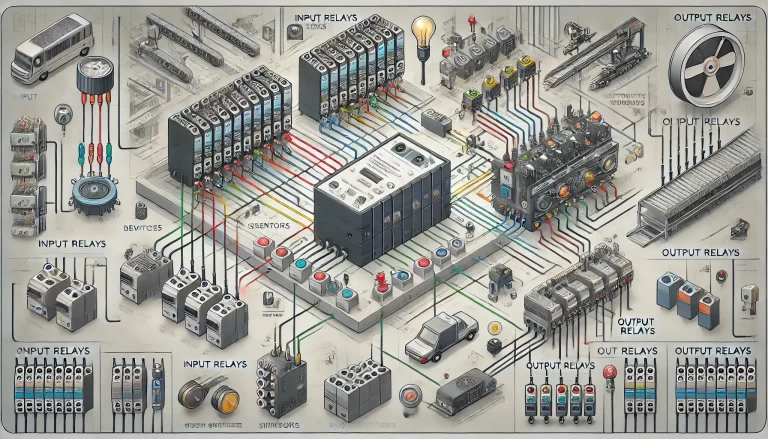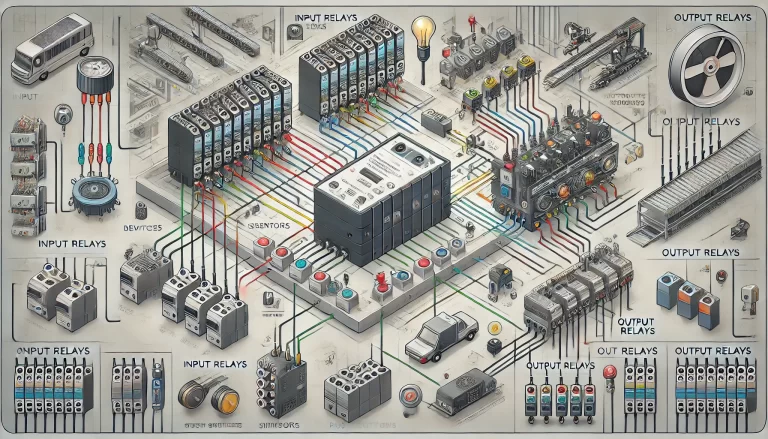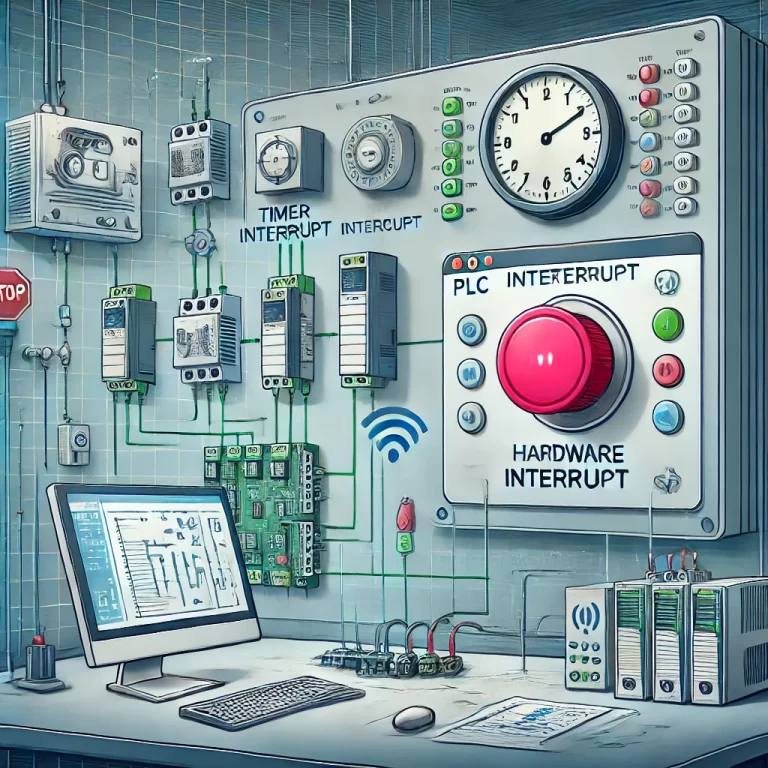In the design of Programmable Logic Controller (PLC) systems, safety and reliability are top priorities—especially when it comes to how stop functions are implemented. A common and critical recommendation in industrial control engineering is to use a normally closed (NC) contact for the stop button. But why is this the best practice? This article explores the reasoning behind it, highlighting practical safety concerns, failure scenarios, and how NC contacts contribute to robust system design.
1. The Role of the Stop Button in a PLC System
The stop button is a key input device that allows operators to halt machinery in the event of an emergency or for normal shutdown procedures. In most systems, this button is wired to a digital input on the PLC. When the button is not pressed, the input signal is typically “high” (logic 1), and when pressed, the signal transitions to “low” (logic 0), triggering the stop function in the control logic.
However, the contact type used—normally open (NO) vs. normally closed (NC)—plays a crucial role in system safety.

2. Why Normally Closed Contacts Are Safer
2.1 Fail-Safe Behavior During Disconnection or Damage
In a typical NO setup, when the wiring to the stop button is accidentally disconnected, damaged, or the terminal becomes loose, the PLC receives no signal change, meaning the stop button fails silently. This is extremely dangerous—a wire break disables the stop function entirely without warning.
In contrast, when using an NC contact:
The circuit is closed under normal conditions, continuously sending a signal to the PLC.
If the wire is cut or disconnected, the PLC input immediately sees a signal loss, just as if someone had pressed the stop button.
This behavior ensures the machine will safely stop or prevent startup.
This is the essence of “fail-safe” design: any fault—such as broken wires or loose connections—should result in the equipment moving to a safe state.

3. Real-World Example: Wire Break Scenario
❌ Unsafe (Normally Open Contact):
PLC input remains inactive unless the button is pressed.
If the wire breaks, the PLC never sees a stop signal.
Machine may continue operating uncontrollably.
✅ Safe (Normally Closed Contact):
PLC receives a constant active signal from the NC circuit.
If the wire breaks, the input signal drops immediately.
The PLC recognizes the drop as a stop command and halts operation.
Conclusion: NC stop buttons self-monitor the integrity of the wiring. NO contacts do not.

4. Start Button is Not a Safety-Critical Device
Some may ask: why not apply the same logic to the start button? Here’s why:
A failed start button (wire break or contact failure) will simply prevent the machine from starting, but this is not a hazardous situation.
Therefore, the start button is not considered a safety-critical input and can use a normally open contact.
5. PLC System Reliability and Wire Weak Points
Wires are often the weakest links in an industrial automation system. They can be:
Cut by moving machine parts,
Worn through mechanical stress,
Loosened at terminals due to vibration.
Such wiring issues mimic the behavior of pressing a normally closed stop button, which is exactly what we want from a safety perspective. On the other hand, NO stop buttons fail silently, introducing unacceptable risks.
6. Compliance with Industry Standards
This design principle is aligned with international safety standards such as:
IEC 60204-1: Electrical Equipment of Machines – General requirements
EN ISO 13850: Safety of machinery – Emergency stop function
These standards recommend or require that stop and emergency stop devices use NC contacts to ensure safety through fail-safe mechanisms.

7. Conclusion
To ensure the safety, reliability, and fail-safe behavior of industrial control systems:
Always use normally closed (NC) contacts for stop buttons in PLC-controlled circuits.
This ensures that wiring faults are immediately detected and the machine is brought to a safe state.
While NO contacts are acceptable for non-critical inputs like the start button, they should never be used for stop or emergency functions.
By following this best practice, you enhance the resilience of your automation system and reduce the likelihood of dangerous failures.
